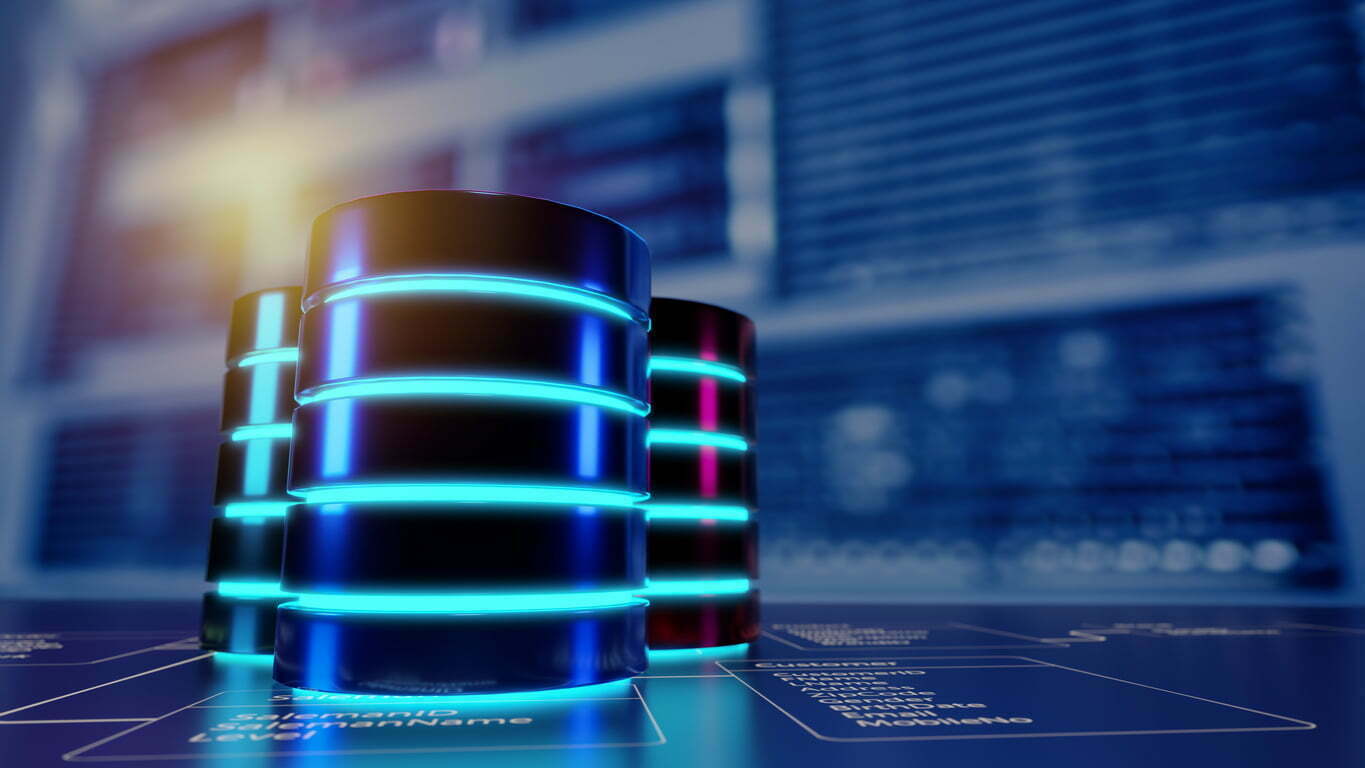If we often talk about databases as a unique and monolithic set of information, they are in fact quite the opposite! Is your company on an ambitious data project journey? In that case, it is essential to know the different types of databases and their specificities. Here is an overview.
Databases have become a necessity for companies. For their customers, stocks, products, internal organization… databases are vital for a successful business. But behind the concept of a “database”, we find different types of information, uses, and projects that require distinct types of databases.
The types of databases
Asking about the different types of databases is a bit like opening Pandora’s box. Indeed, there are approximately ten types of databases that are likely to coexist and interact within your information system.
Centralized database
In a traditional database system, data is stored in different files. Each client’s data can for instance be stored in a separate file. In the case of a centralized database, all data is stored in a single file. The advantage? Data management is easier and data retrieval is simplified.
Cloud database
A cloud database is a database created and accessible via a cloud platform. One of the major benefits of a cloud database is the ability to host databases without having to invest in dedicated hardware for storage purposes. The ease of access to a cloud database from any location is another major advantage. Finally, cloud databases are easily scalable and therefore very flexible.
Relational database
A relational database stores data points that are related to each other. In a relational database, each row in the table is a record with a unique identifier, called a key. The columns of the table collect the attributes of the data stored in it, and each record has a value for each attribute. This way, it is easier to establish relationships between every data entry.
Distributed database
A distributed database is spread across multiple sites that do not necessarily share physical components. There are two modes of storing data in a distributed database. The first mode relies on data replication, where the systems keep copies of the data. The second mode is called fragmentation, where relationships are fragmented and each fragment is stored in different sites where they are required. Fragmentation has the advantage that no copies of data are created.
Graph database
Also known as Graph Oriented Database, this type of database stores nodes and relationships instead of tables or documents. Graph-oriented databases provide a conceptual view of data that allows you to visualize the relationships between data. They do not replace relational databases but rather effectively complement them.
NoSQL database
NoSQL databases store data in documents rather than relational tables. They are designed to store and process large amounts of data at scale. NoSQL databases simplify application development, especially for real-time interactive web applications. They are also characterized by high flexibility to handle data that has not been normalized.
Object-oriented database
Object-oriented databases combine object-oriented programming concepts with relational database principles. A specific operation that leads them to treat data directly as complete objects. They have the advantage of being very comfortable with complex and particularly heterogeneous data.
Open-source database
An open-source database can be viewed, downloaded, modified, distributed, and reused for free. Open-source licenses give developers the freedom to create new applications using existing database technologies.
Operational database
An operational database is a software designed to allow users to easily define, modify, retrieve and manage data in real-time. They can be either SQL or NoSQL based.
Personal database
This local database model allows a single user to store and manage data and information on their own personal system. In this scenario, only one computer is involved to store and manage the database. Thus, the data can be processed faster and more reliably, limiting the risk of being misrepresented, altered, or exposed to compromise.








